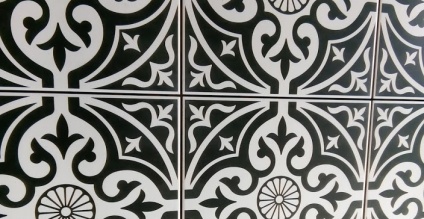When Should I Use Eggshell vs Satin Wood Paint?
When Should I Use Eggshell vs Satin Wood Paint?
Choosing the right finish for your paint job can make all the difference in the final look and durability of your project. Two common choices—eggshell and satin wood—often get confused, but they each have unique qualities that make them better suited to different jobs.
In this article, we’ll explore the key differences between eggshell and satin wood paint, and answer the question of When Should I Use Eggshell vs Satin Wood Paint?
Can You Mix and Match?
Absolutely. A popular approach is to use eggshell on the walls and satin wood on the trim. This creates a balanced contrast: soft, muted walls paired with crisp, more defined woodwork. It’s also practical, as satin’s extra durability is perfect for areas more prone to knocks and contact.
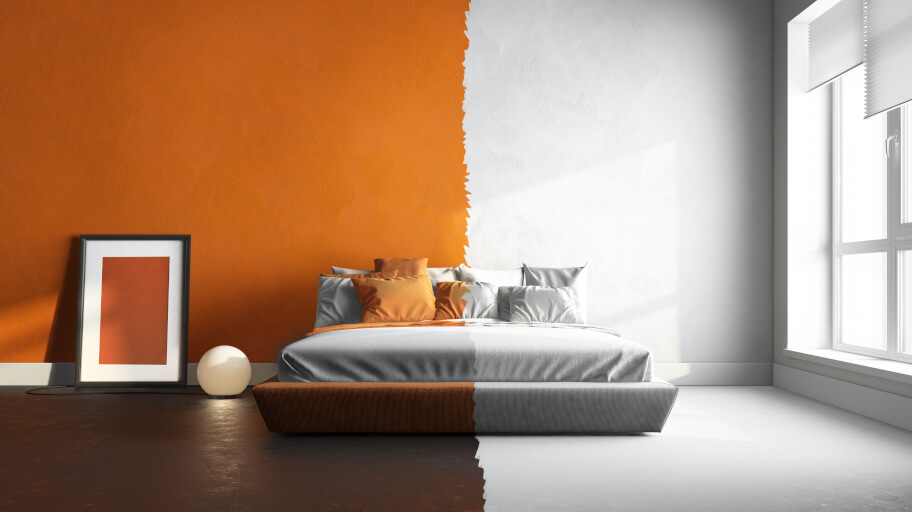
What Is Eggshell Paint?
Eggshell paint is named after the subtle sheen it gives off—think of the soft finish of an actual eggshell. It sits somewhere between matt and silk on the sheen scale, offering a low-lustre finish that reflects just a bit of light.
Key Features of Eggshell:
- Low sheen – Smooth and subtle, not too shiny
- Easy to clean – More wipeable than matt but less than satin
- Soft finish – Ideal for a more classic or heritage look
- Great for walls and ceilings – Especially in living rooms, bedrooms, or hallways
Eggshell is a great option if you want something with a hint of durability and a touch of elegance without drawing too much attention to surface imperfections.
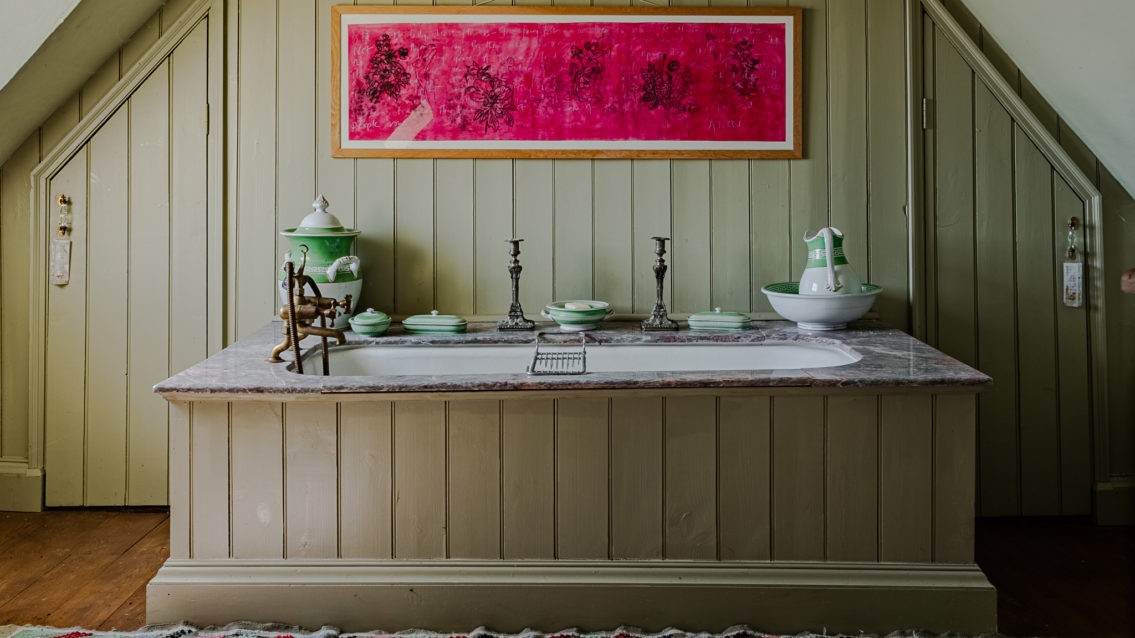
What Is Satin Wood Paint?
Satin wood (or satinwood) paint has a higher sheen than eggshell, giving it a slightly glossier, more contemporary finish. It’s commonly used on woodwork such as skirting boards, doors, and furniture.
Key Features of Satin Wood:
- Mid-sheen finish – Reflects more light than eggshell, giving a sleek look
- Very durable – Stands up well to knocks, scuffs, and regular cleaning
- Great for wood and trim – Perfect for skirting, banisters, kitchen cabinets, and more
- Modern aesthetic – Often used in newer homes or for updating older interiors
Satin wood is typically available in both oil-based and water-based formulations, with water-based options now preferred for their lower odour, faster drying, and environmental friendliness.
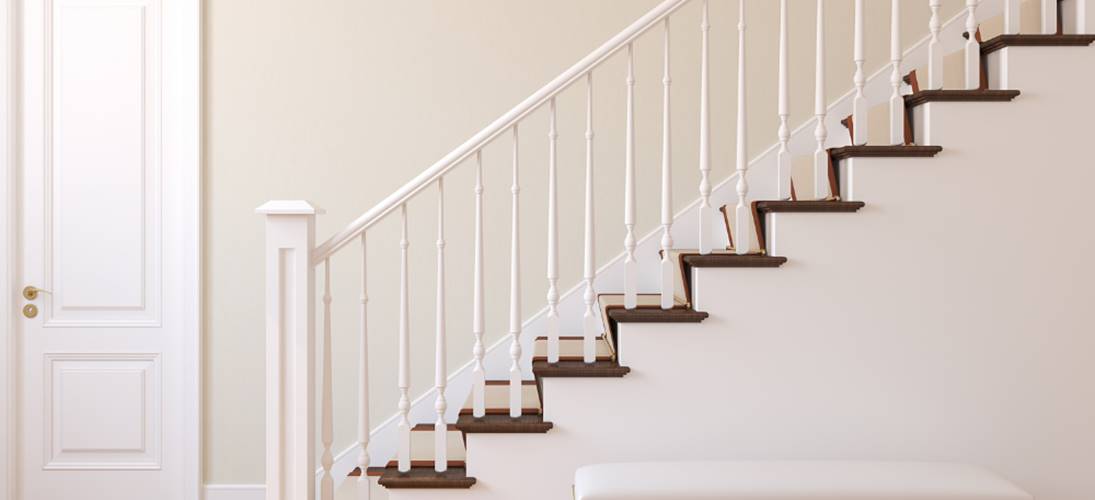
When Should You Use Eggshell?
Opt for eggshell paint when:
-
You’re painting interior walls where a soft, elegant finish is desired
-
The room doesn’t see a lot of high traffic (e.g., bedrooms or dining rooms)
-
You want to hide imperfections – eggshell doesn’t reflect much light, which helps disguise lumps, bumps, and uneven surfaces
-
You’re aiming for a traditional or period-style interior feel
Eggshell is especially popular for walls and ceilings in heritage properties, or where you want a gentler aesthetic that still offers some cleanability.
When Should You Use Satin Wood?
Choose satin wood paint when:
-
Painting woodwork such as doors, trims, skirting boards, bannisters, and furniture
-
You want a finish that can stand up to regular cleaning or scrubbing
-
The space is prone to wear and tear—such as kitchens, hallways, or children’s bedrooms
-
You’re going for a more modern look with a sleek edge
Satin wood also resists yellowing better than high-gloss paints (especially in newer, water-based formulas), which makes it a popular choice in bright or airy interiors.
Can You Mix and Match?
Yes—and many people do! A common and effective approach is to use eggshell paint on the walls and satin on the woodwork.
This pairing offers both aesthetic balance and practical performance. The soft finish of eggshell creates a warm, inviting backdrop, while the satin on skirting boards and doors adds a subtle contrast and is robust enough to handle everyday use.
It’s a tried-and-true combination that brings both elegance and function to your interiors.
And with that we wrap up our Colour Supplies guide on When Should I Use Eggshell vs Satin Wood Paint.
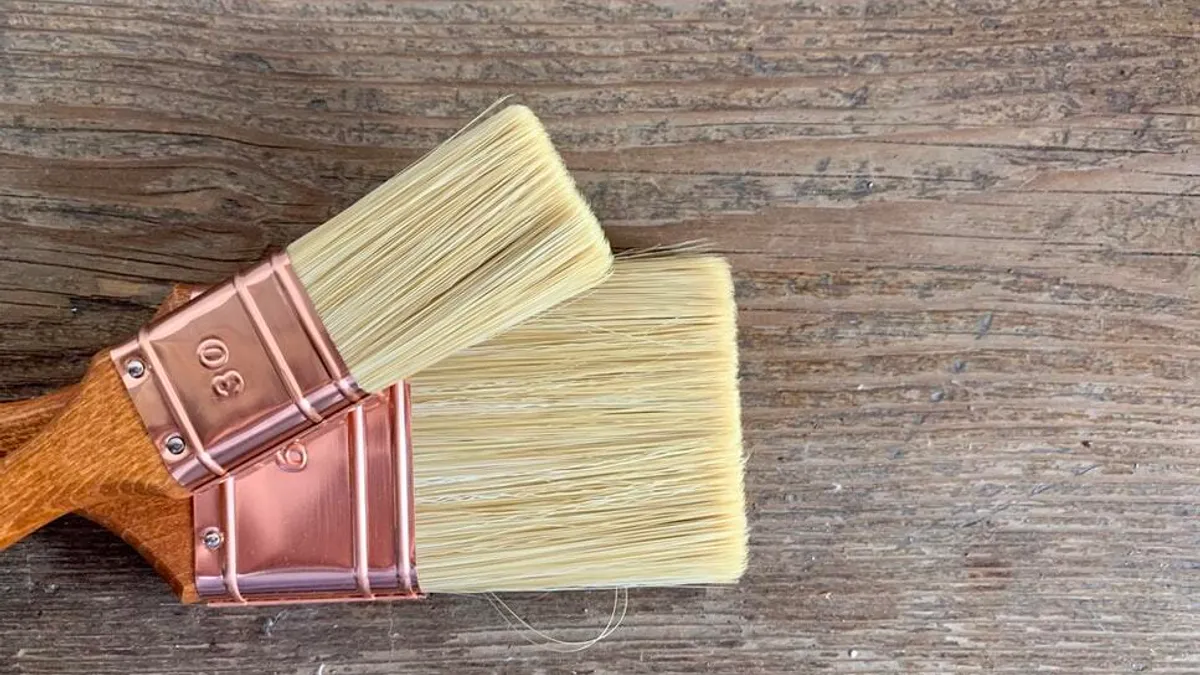
Final Thoughts
When Should I Use Eggshell vs Satin Wood Paint
While both finishes can sometimes be used interchangeably, understanding their differences helps you get the right look and the best long-term results.
Use eggshell for a soft, classic wall finish.
Use satin wood for durable, modern-looking woodwork.
If you’re unsure which is best for your next decorating project, visit your local Colour Supplies store, or contact us online—we’re always happy to help you choose the right products for the job.
Related Articles
Floor & Wall Tiling
Tiles are a true passion of ours - we have ranges to suit all budgets and fabulous displays to inspire your creative side. From traditional clean white tiles to colourful mosaics and everything in between. Choose textured or plain, wood effect, matt or high gloss or mix it up with stripes and borders using different styles.
Creating a Cohesive Look: Mixing Modern & Rustic Furniture at Home
Designing your home should reflect your personality—and for many of us, that means not being limited to just one style. More and more homeowners are embracing the charm of mixing modern and rustic elements to create a space that feels fresh, grounded, and uniquely theirs. At Colour Supplies, we believe you shouldn’t have to choose between sleek minimalism and the warmth of country living. Here’s how to bring both together in a way that feels stylish, intentional, and totally cohesive.





